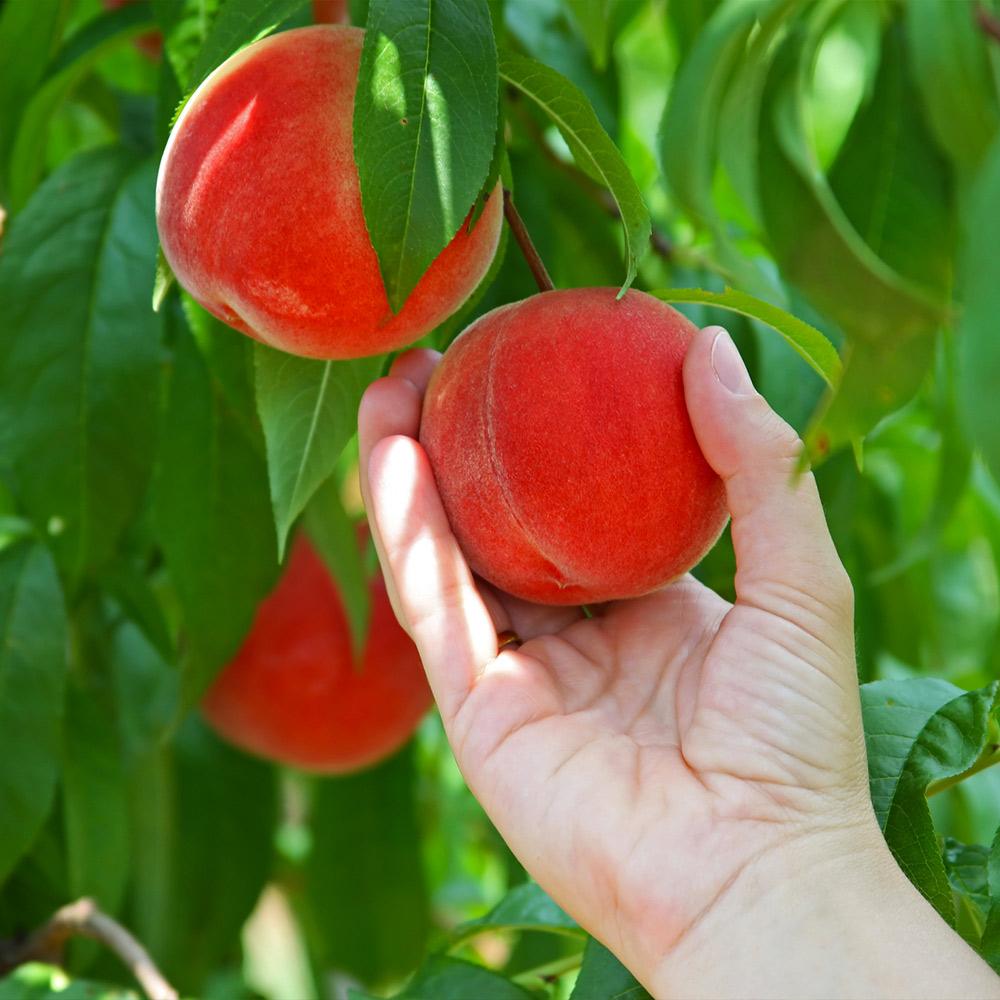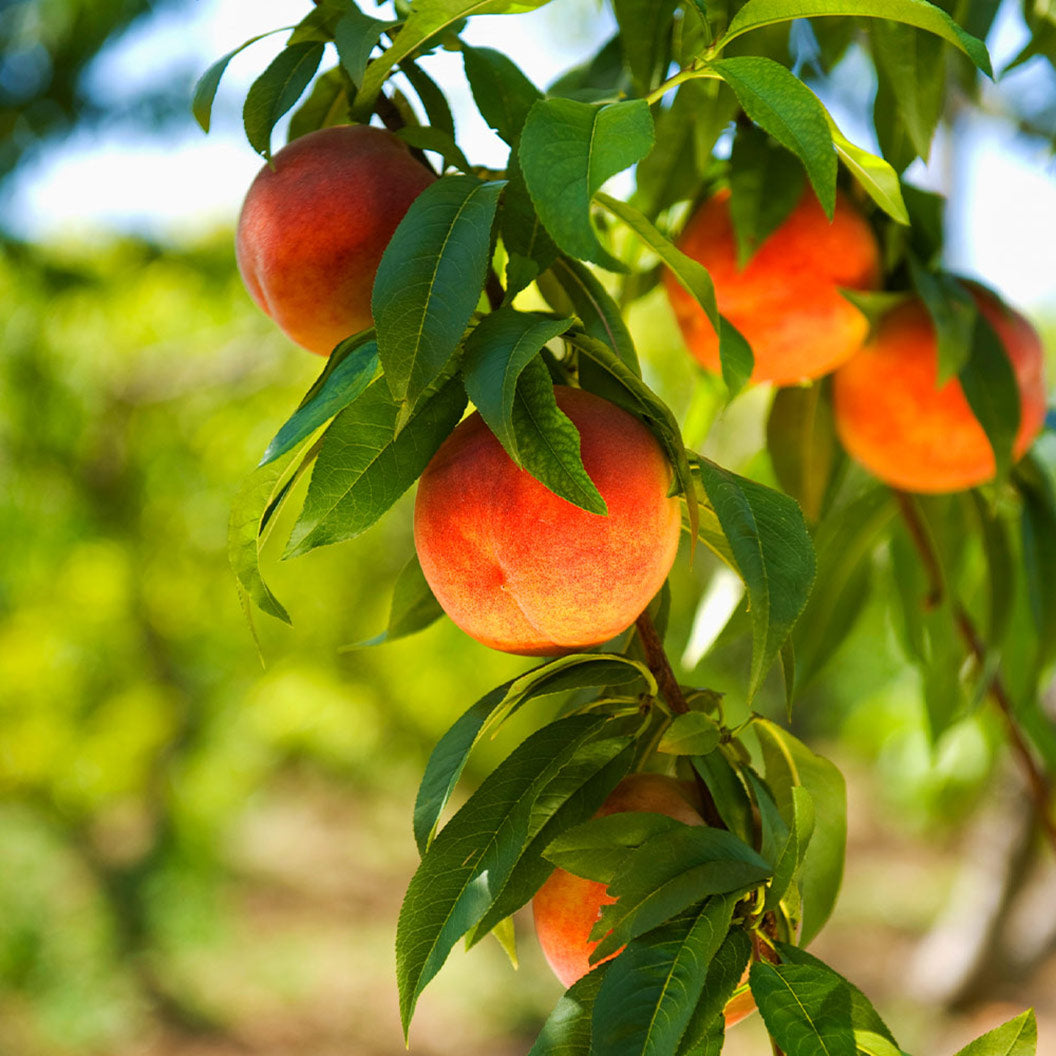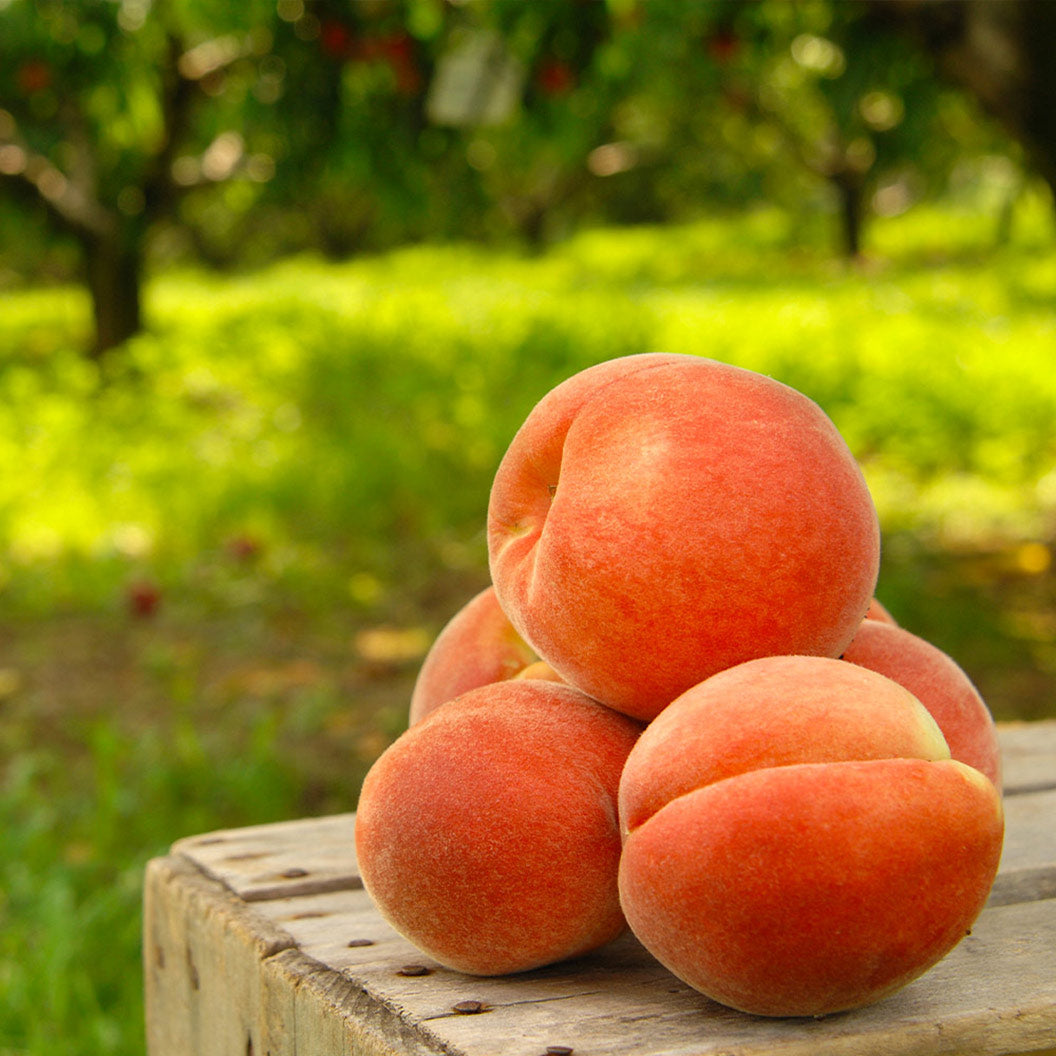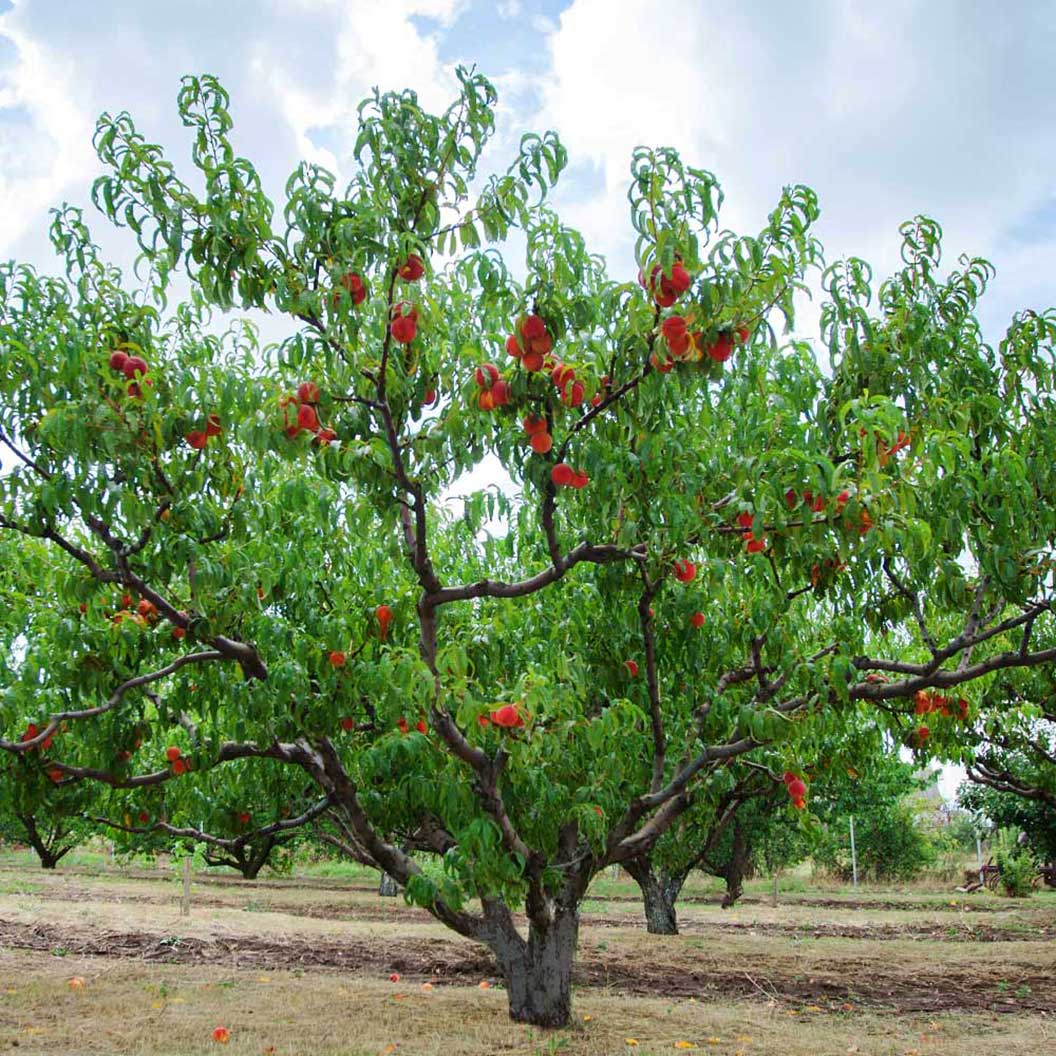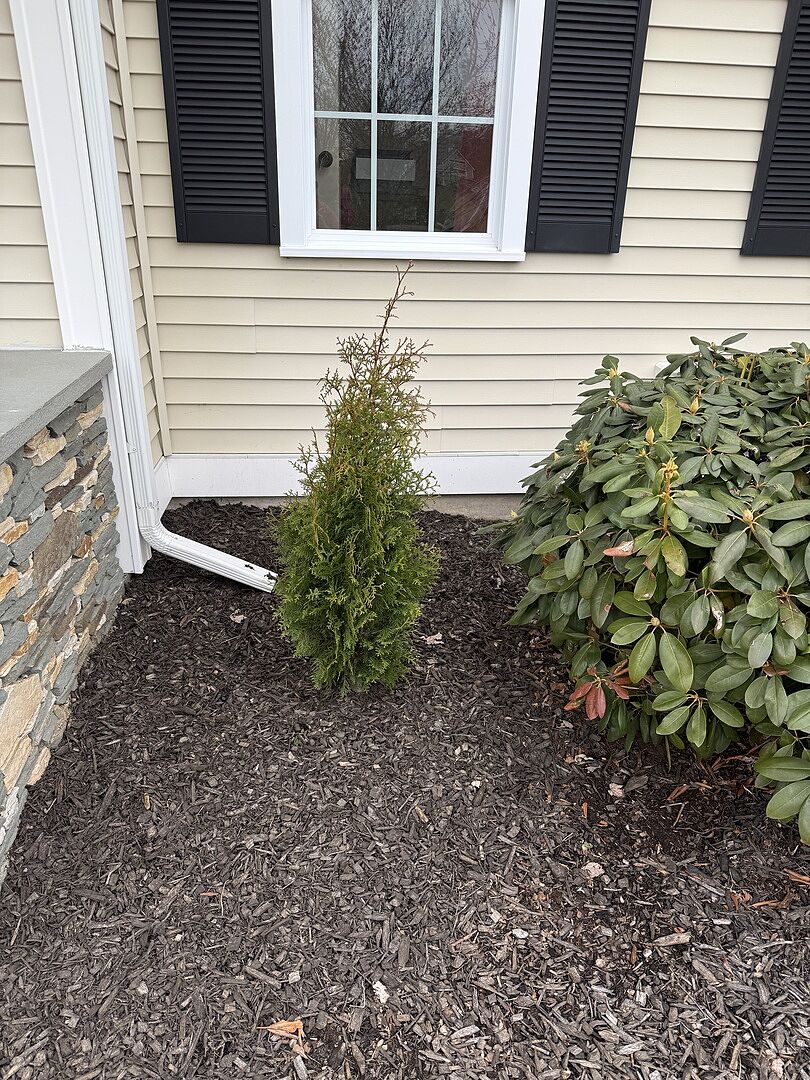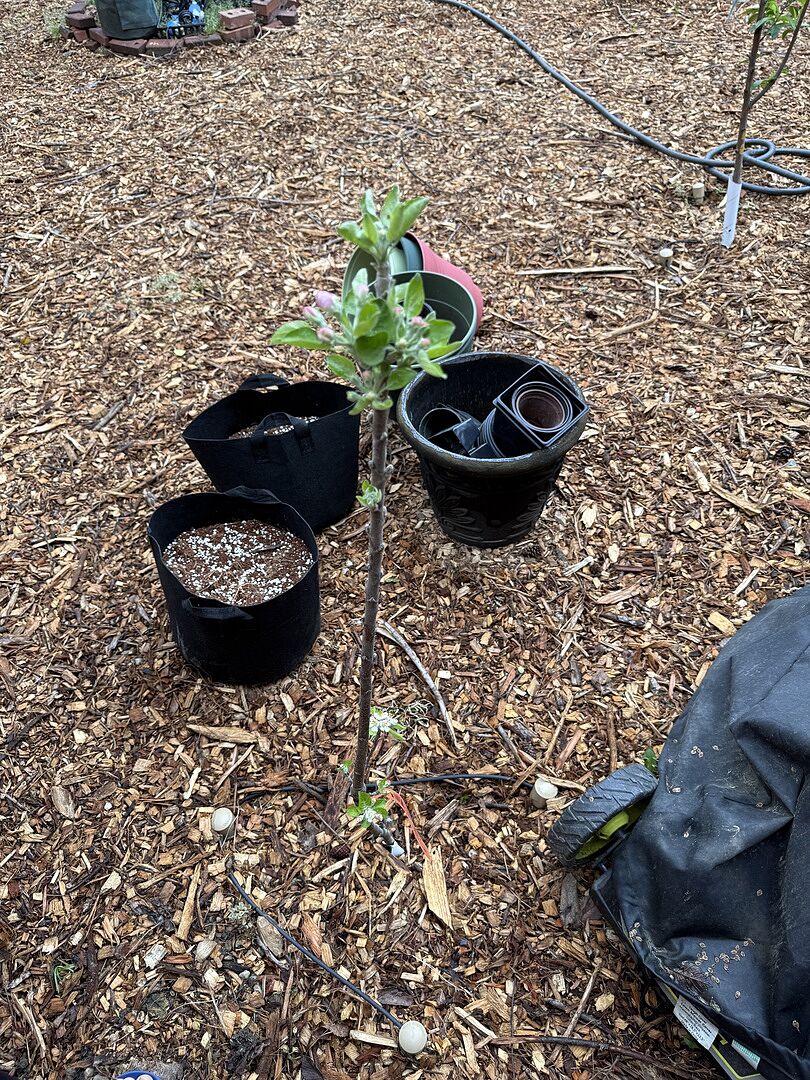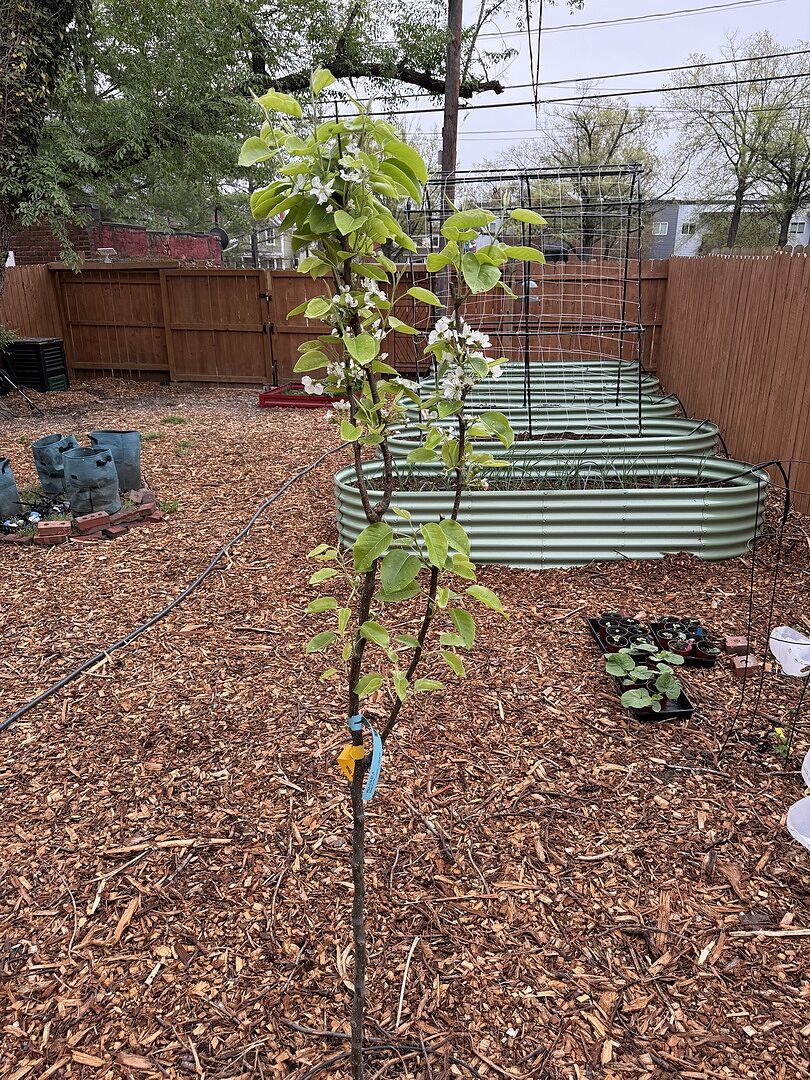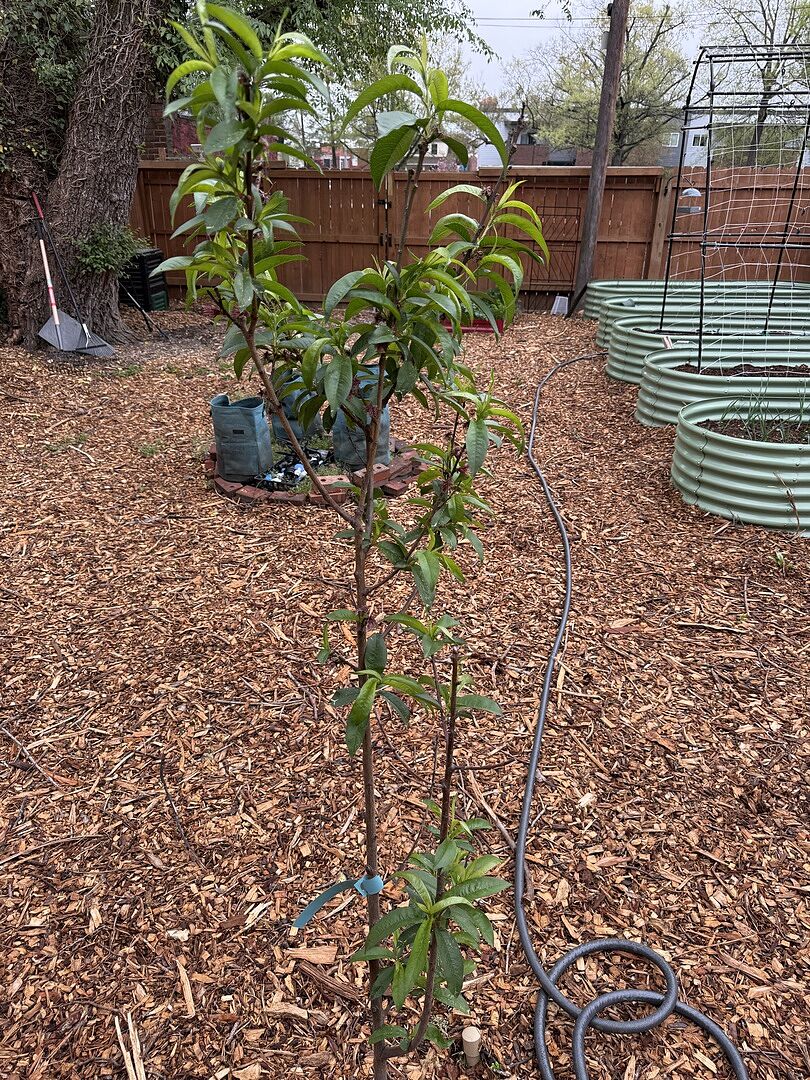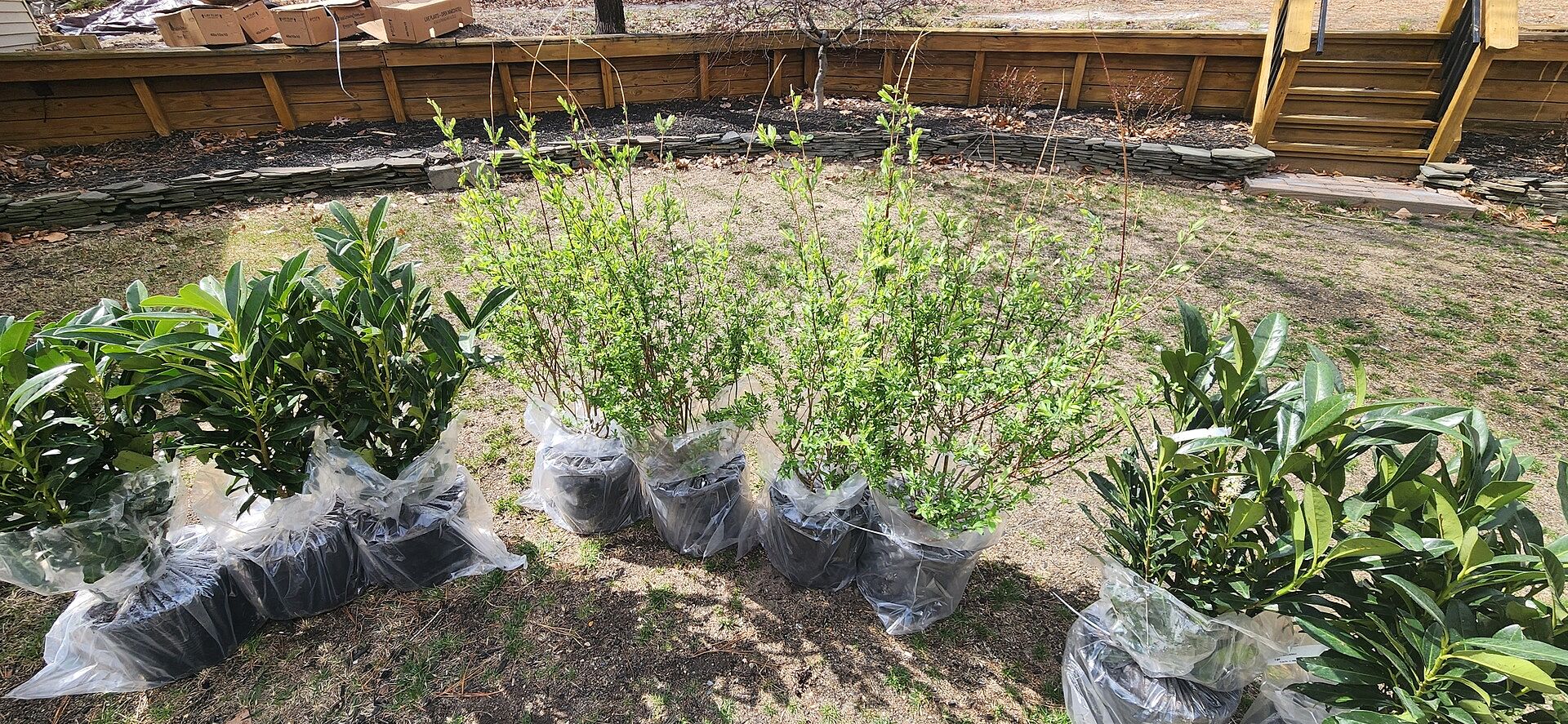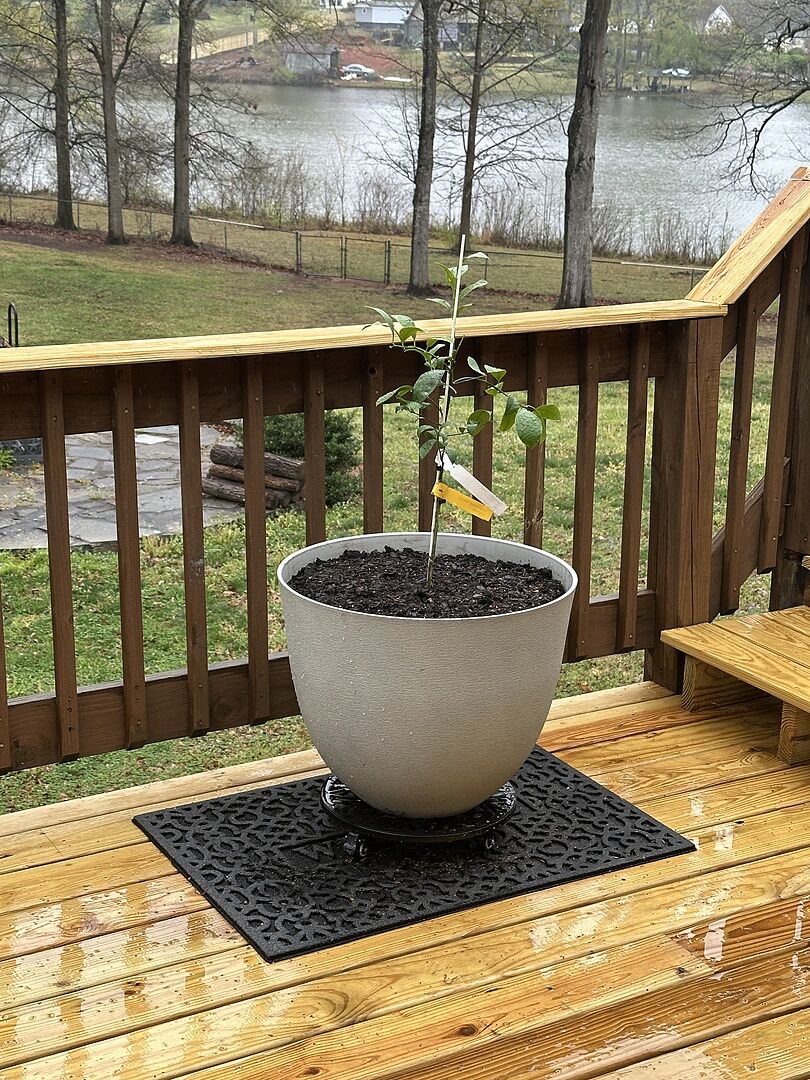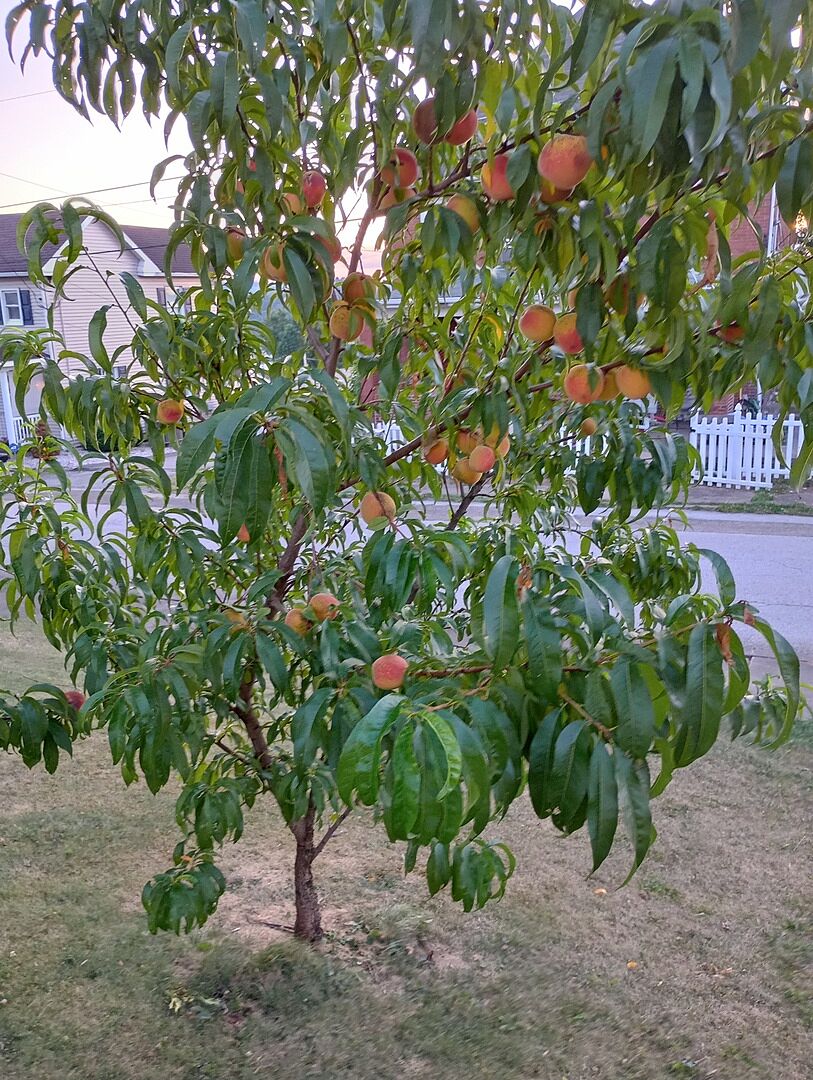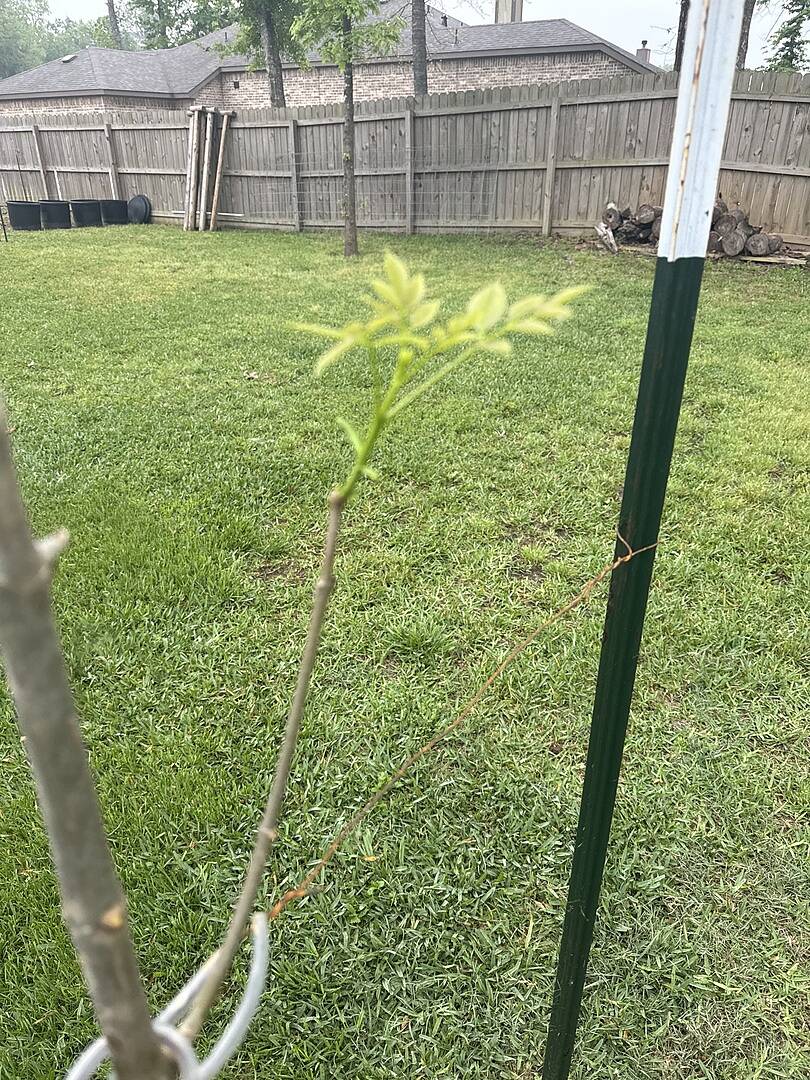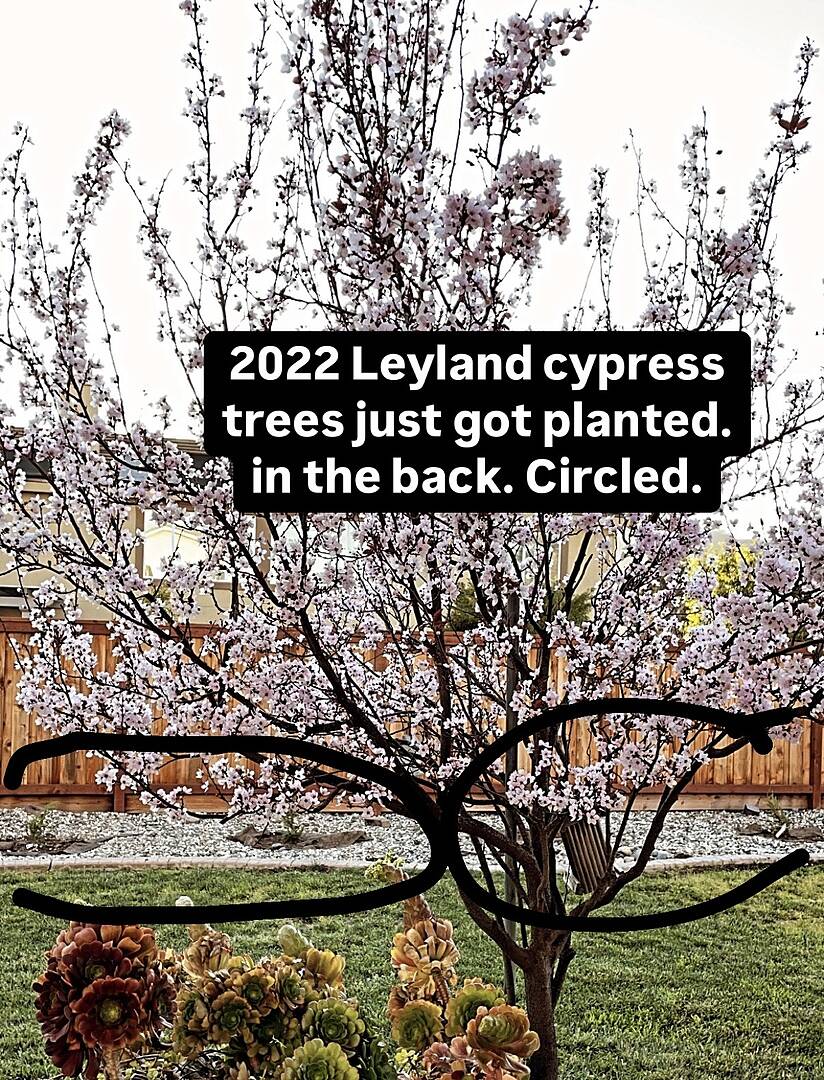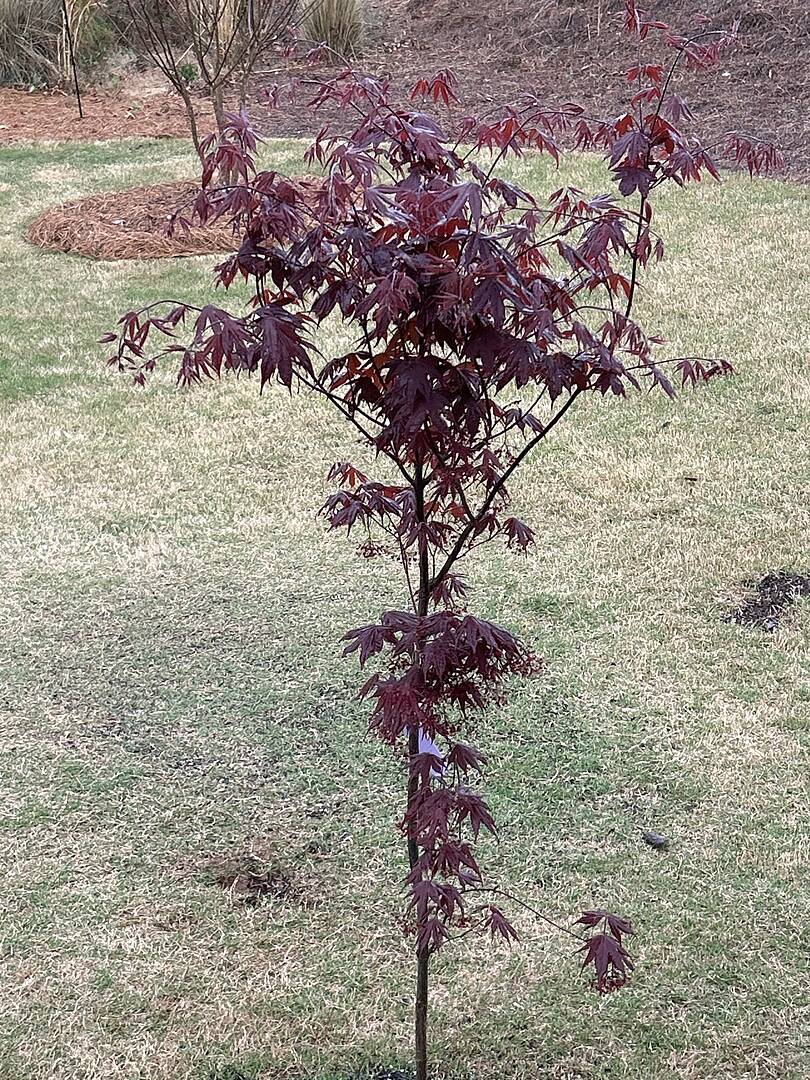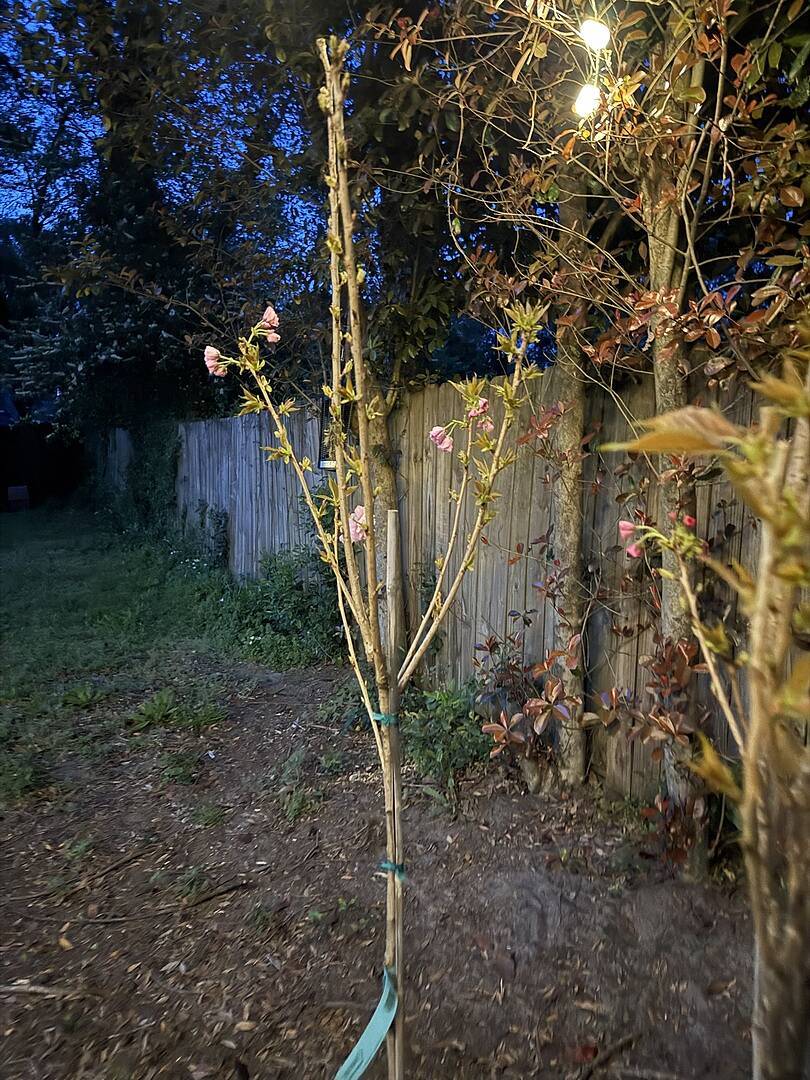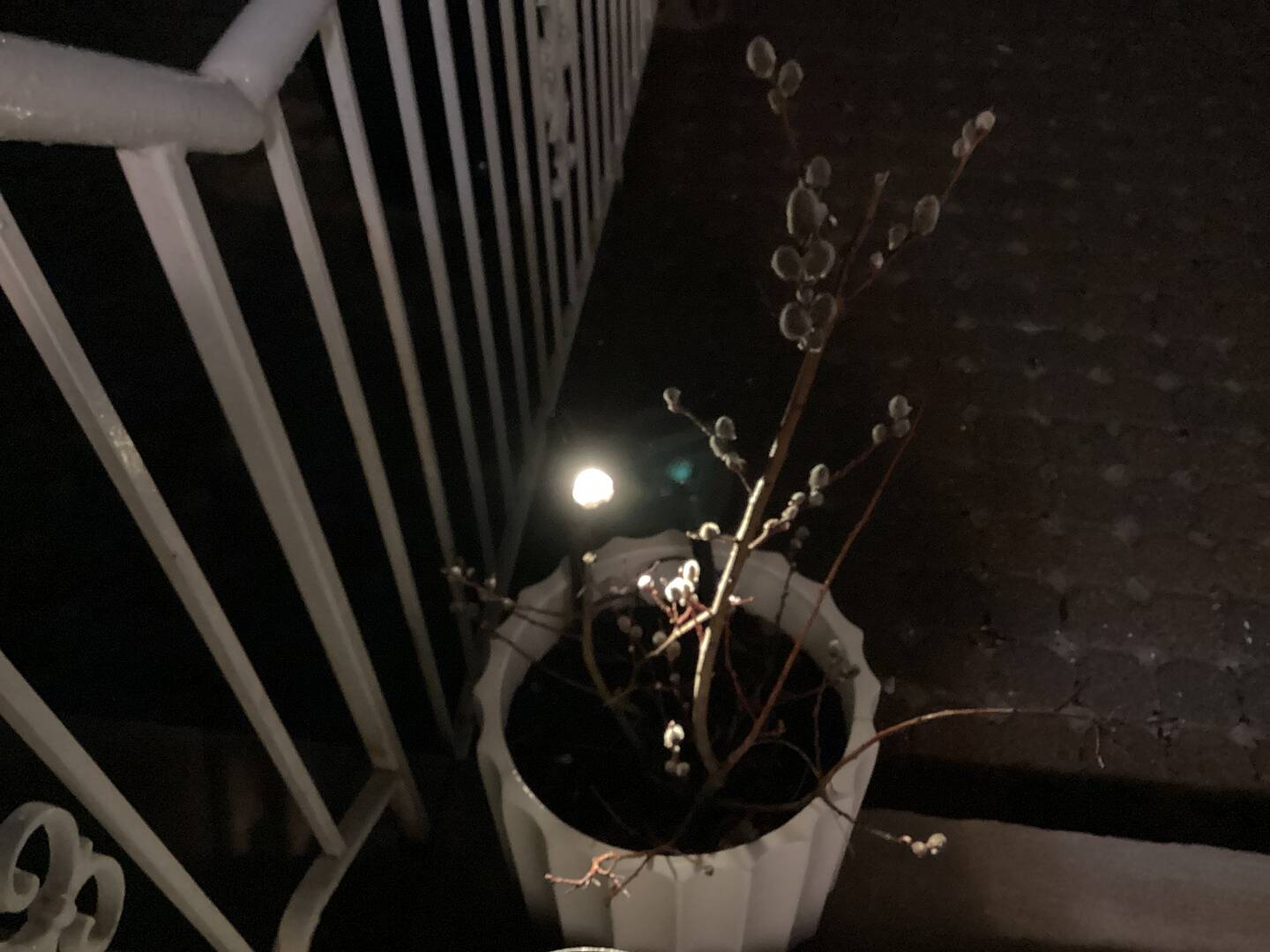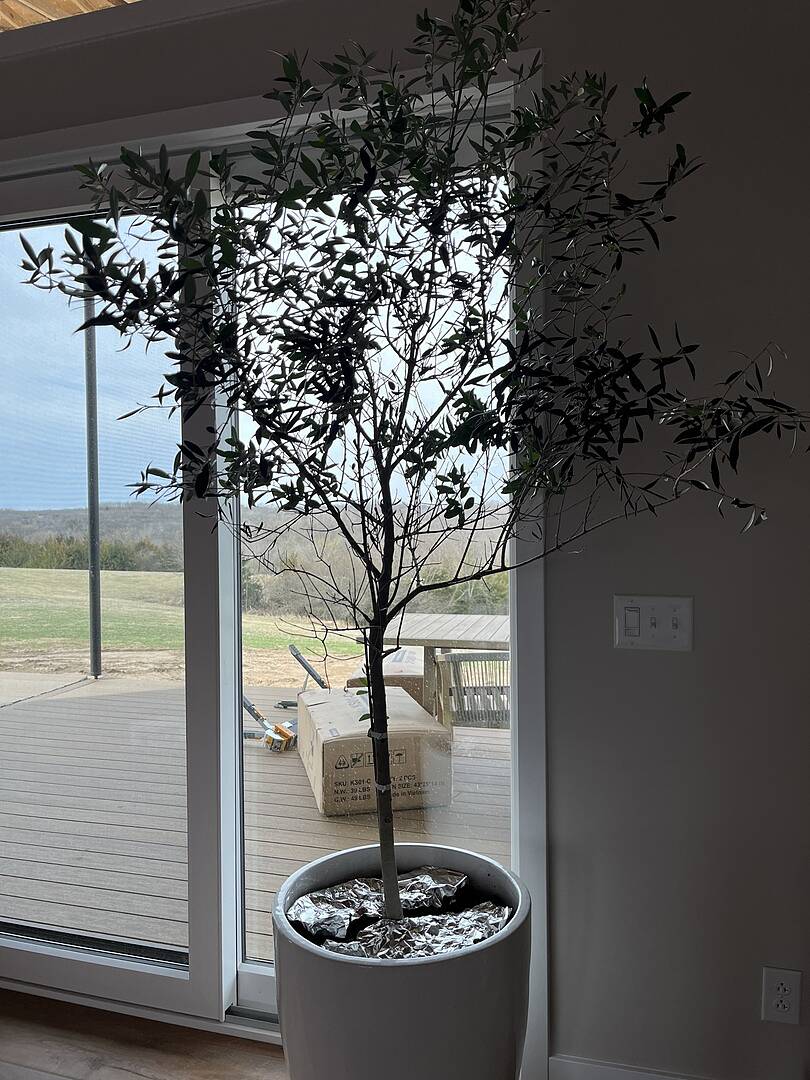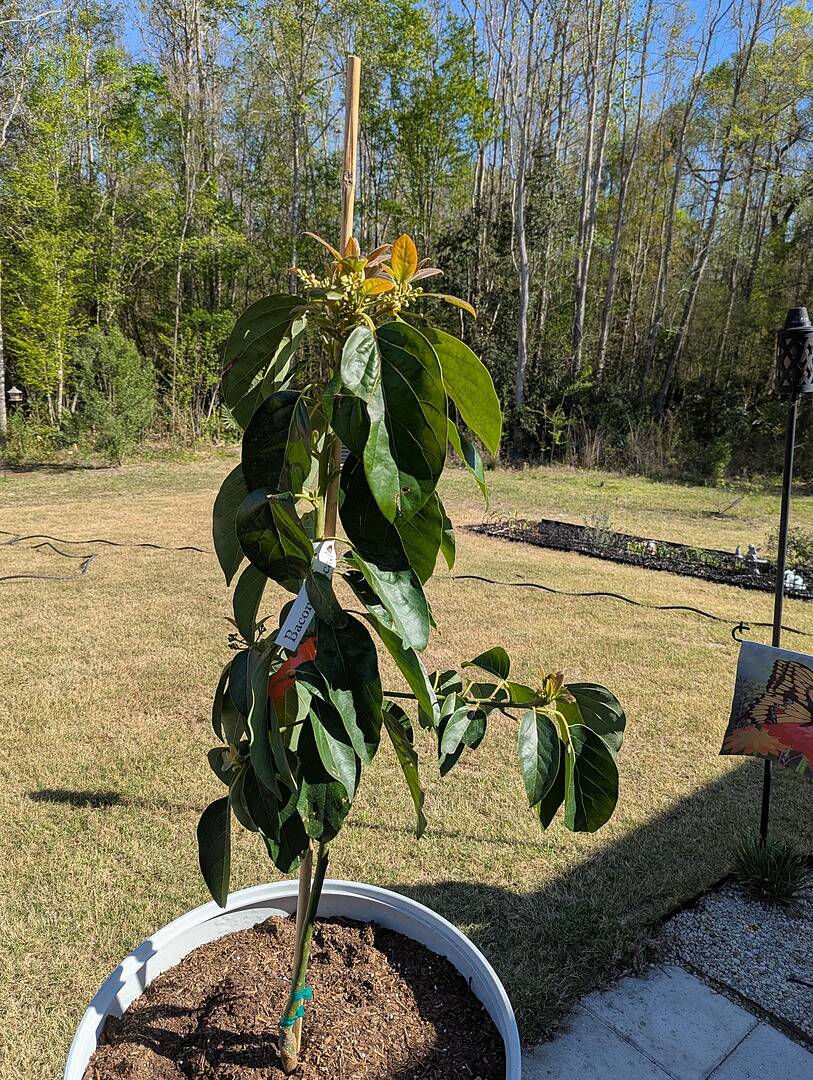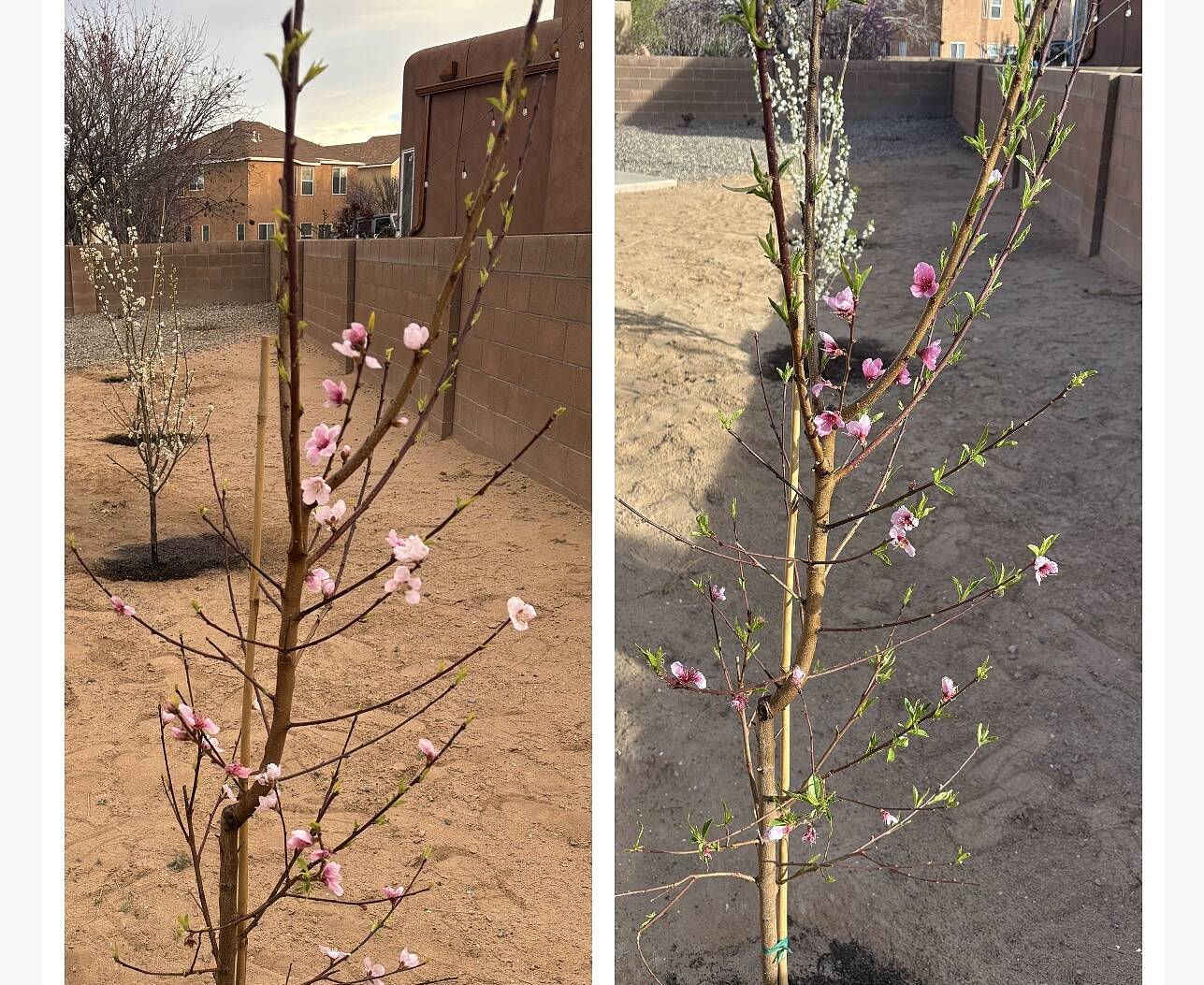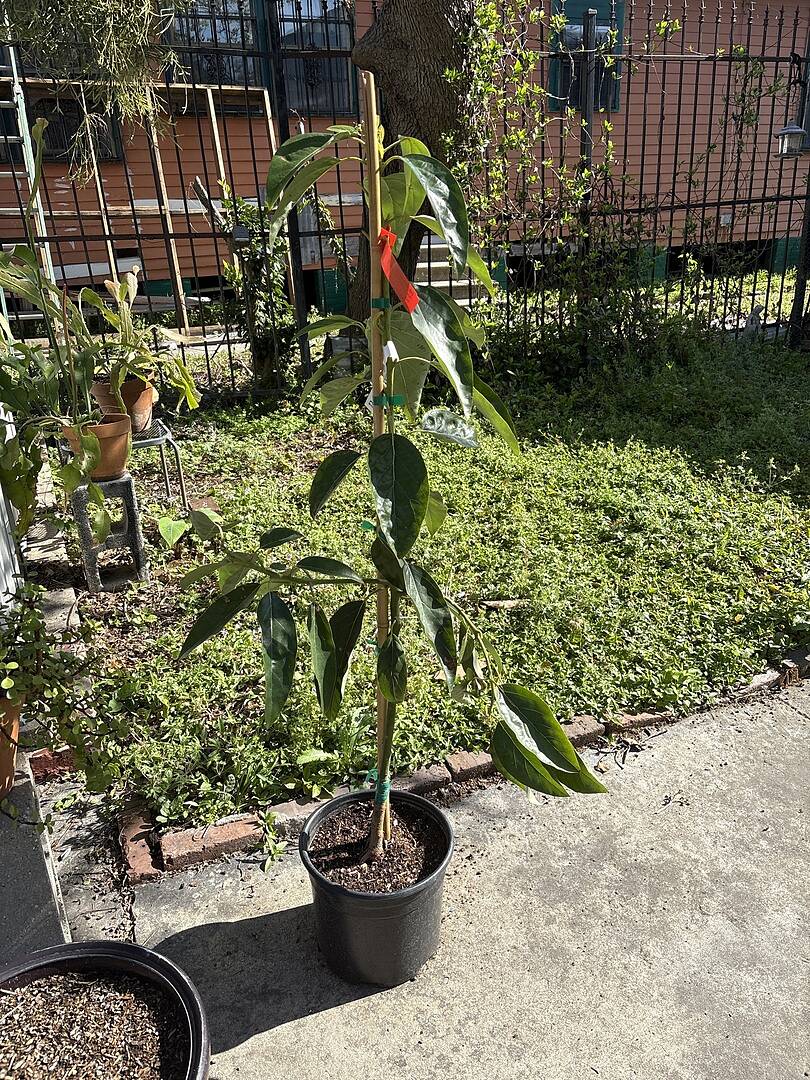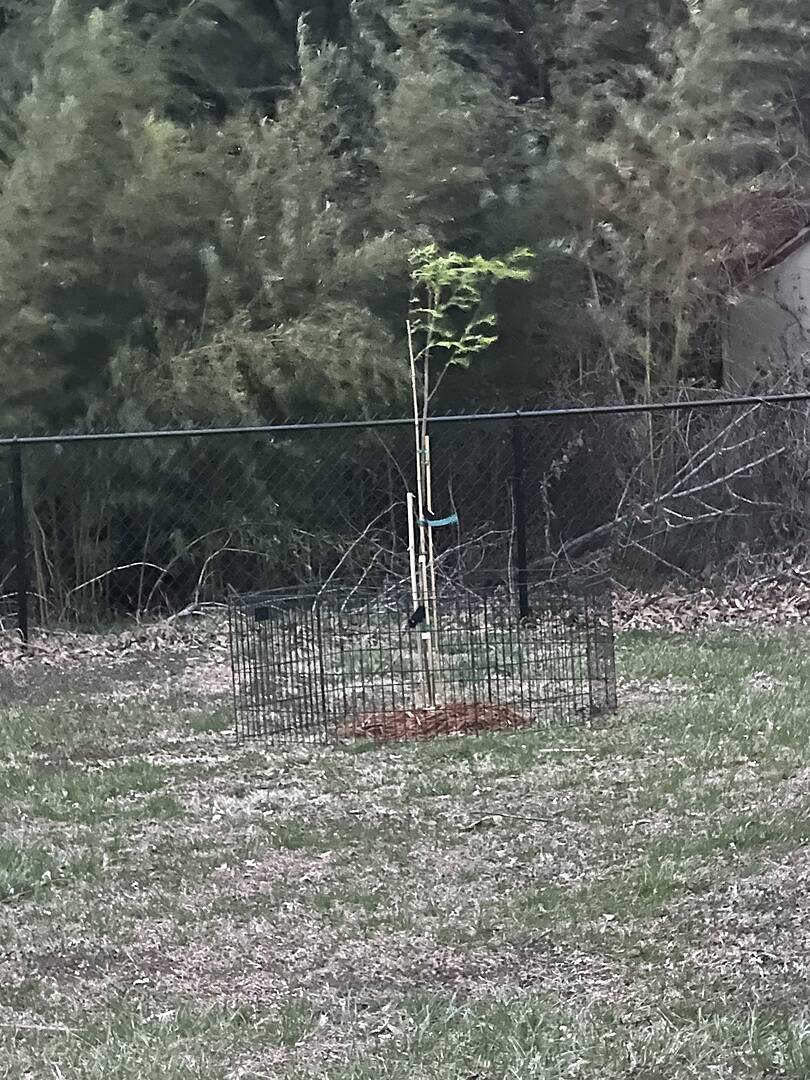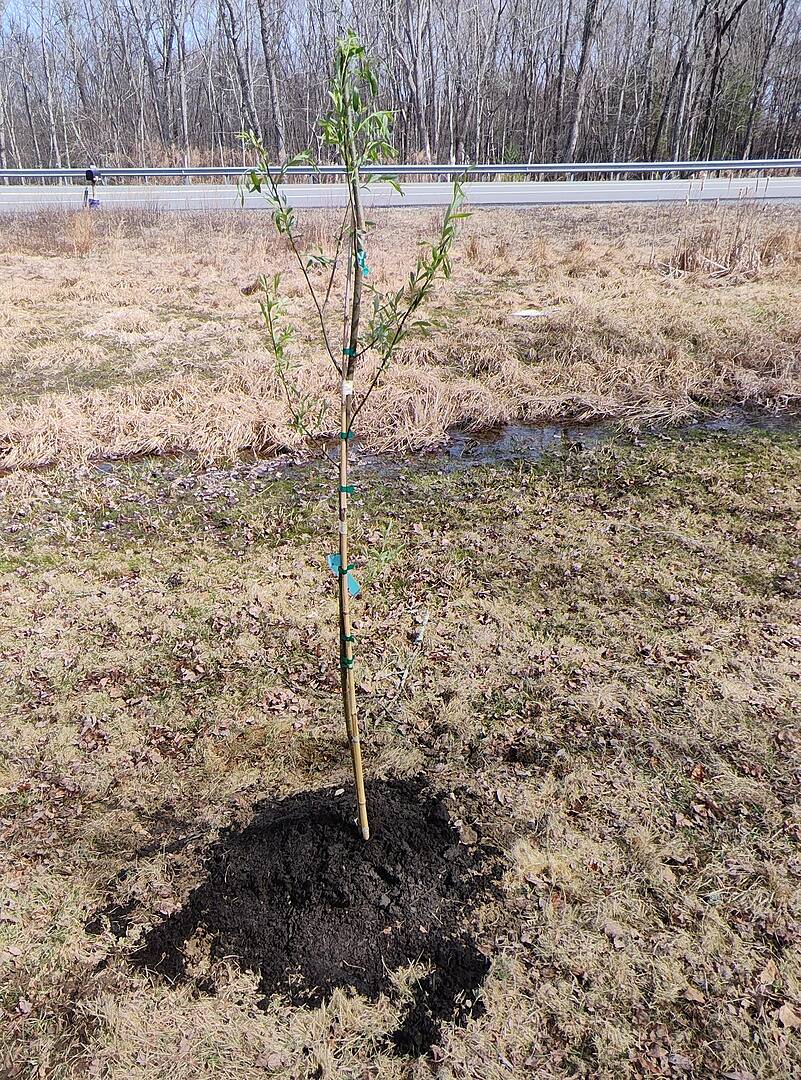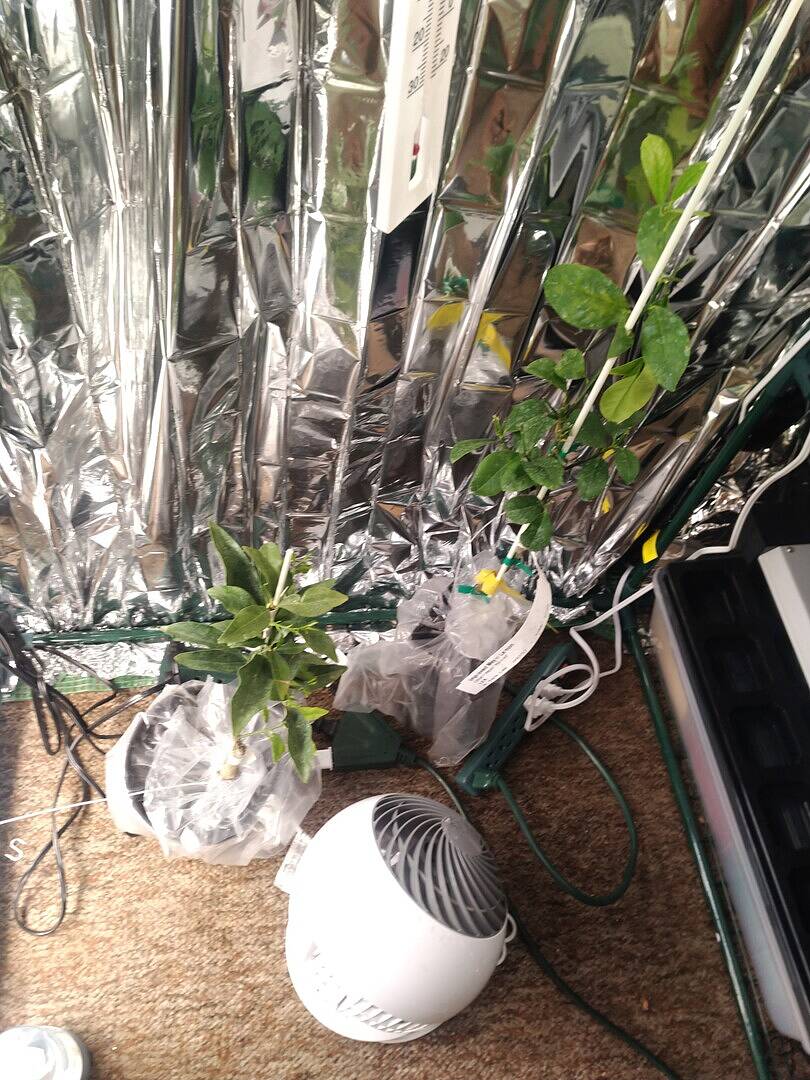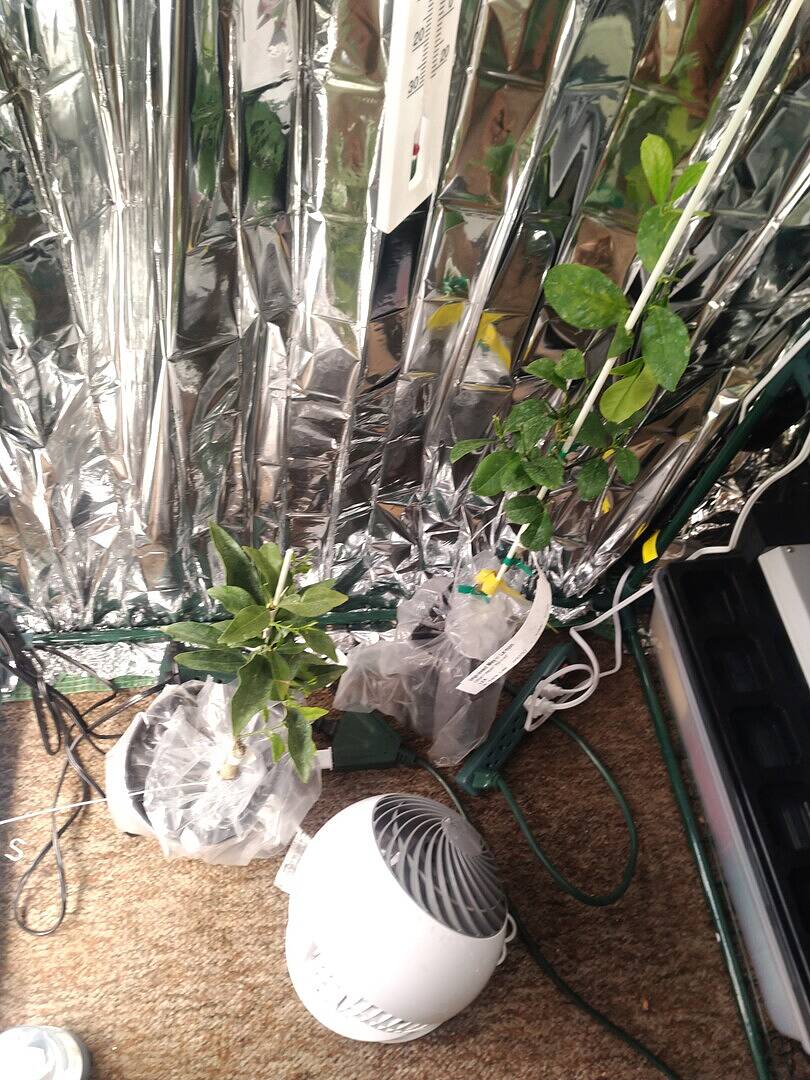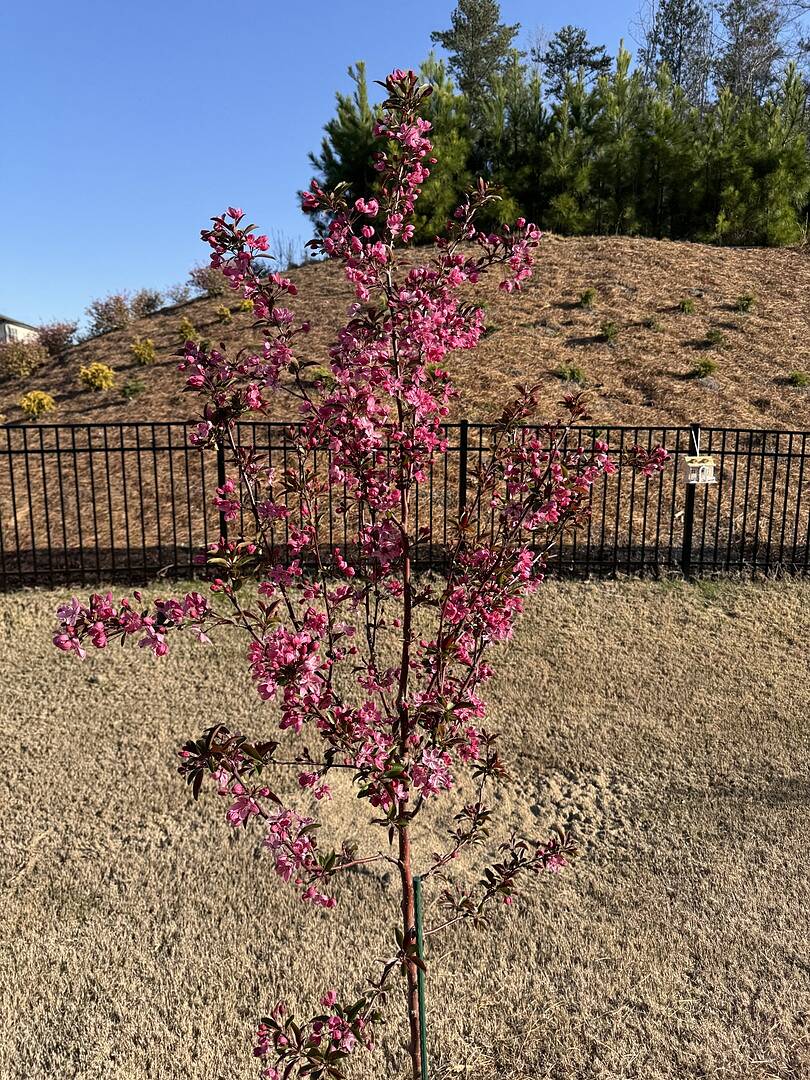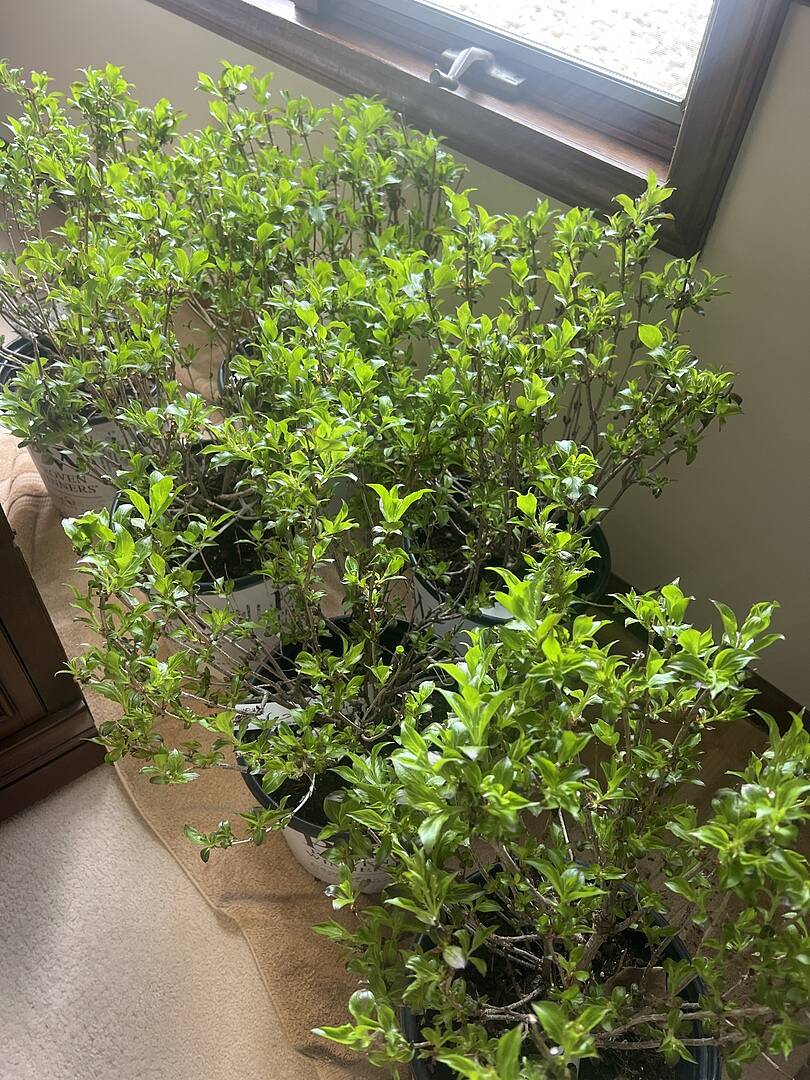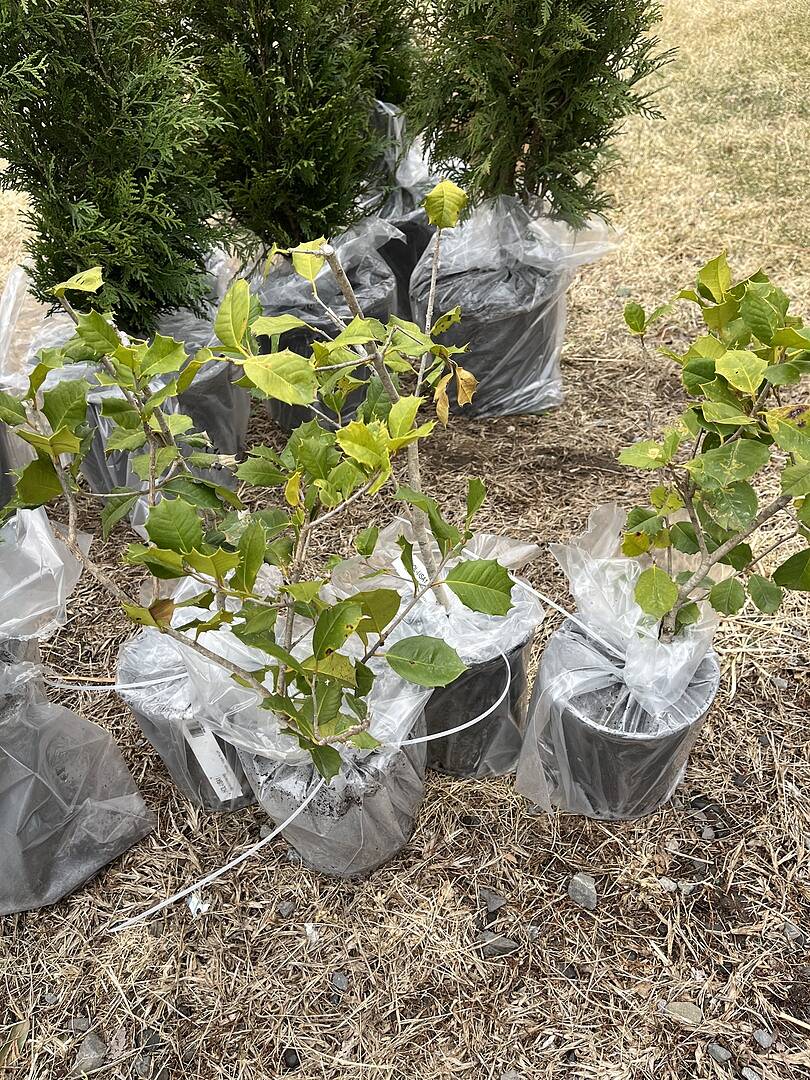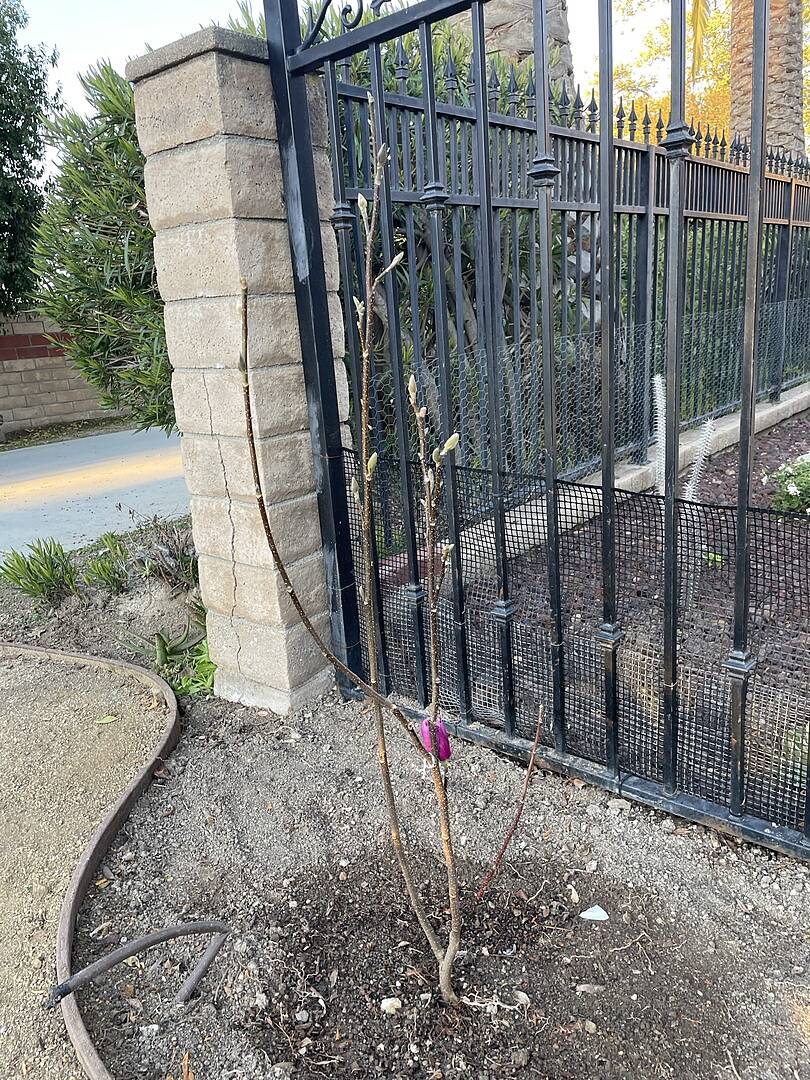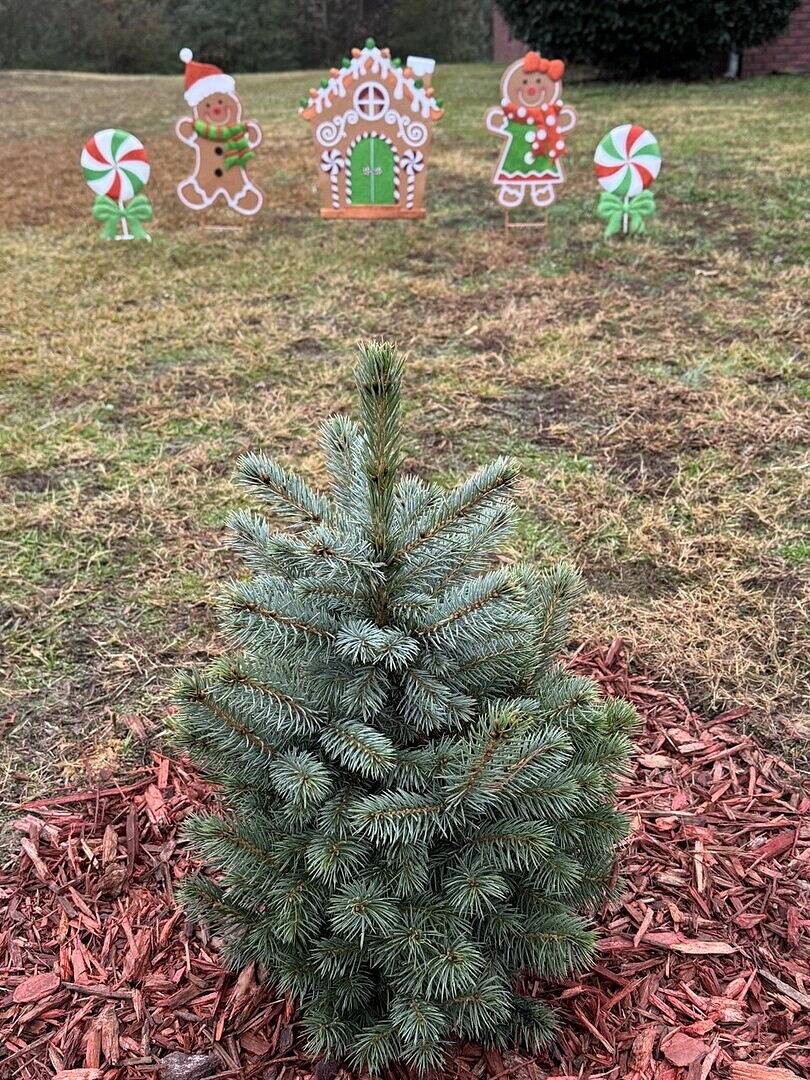-
- FREE Shipping on orders over $99
- Restocking soon
Select size
Last chance for extra spring savings!
Add this item to cart and get 20% OFF on your order with code GROW20
| Discount level | Cart total |
|---|---|
20% OFF | No minimum |
25% OFF | $400–$599 |
| 30% OFF | $600 or more |
| Sale ends at 11:59pm on 4/7 | |
Pay in 4 interest-free installments of $15.48 with 
Customers Also Viewed
Tons of Delicious Pecans!
- One of the country's most popular pecan trees
- Produces sweet, delicious nuts
- Very Disease resistant
The Hardy Pecan has recently become one of the most popular varieties of pecan trees.
These trees produce much earlier than other types of pecan trees. Once it matures, it produces nuts even faster. On top of that, they're some of the largest and sweetest pecans we've ever tasted.
The Hardy Pecan has become extremely popular since being introduced into mainstream landscaping.
These trees can live farther north than most pecans trees since it is very resistant to winter freezes that can kill other pecan trees.
The Hardy variety is very disease and insect resistant.
They're ready to harvest earlier than many other varieties and their thin shells make their nuts easy to crack.
The high oil content adds to their delicious flavor and is rich in Omega-3.
This upright tree only grows 20-30 feet tall and 15-25 feet wide, making it a great tree to plant in a small yard.
Hardy Pecans are even able to withstand an abundance of water... so you don't have to worry if your tree gets stormed on.
Full Planting & Care Instructions
Product Details
| Mature Height: | 70-100 ft. |
| Mature Width: | 40-75 ft. |
| Sunlight: | Full Sun |
| Growth Rate: | Moderate Growing |
| Harvest Time: | Fall |
| Botanical Name: | Carya illinoinensis |
| Does Not Ship To: | AZ,CA,NM,TX |
| Grows Well In Zones: | 6-9 outdoors |

Growing Zones: 6-9 outdoors
(hardy down to 0℉)
Customer Reviews & Photos
Based on 2 reviews
Pollination of the flowers
The one thing you did not cover what is the best tree to plant with the hearty peacock for the best nut production.
pecans
as long as I water when it's nesessary watching for "the curl" of leaves I know the trees will be fine. I've been learning how to and when fertilizer is needed pruning needed etc... they are so very healthy from the nursery that keeping them that way is a breeze...as long as nature is kind.









